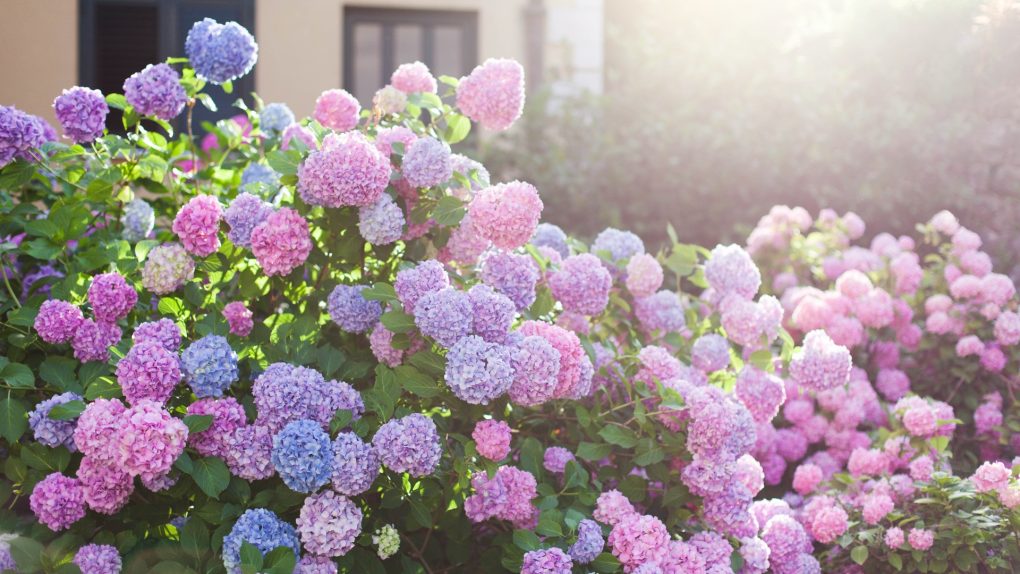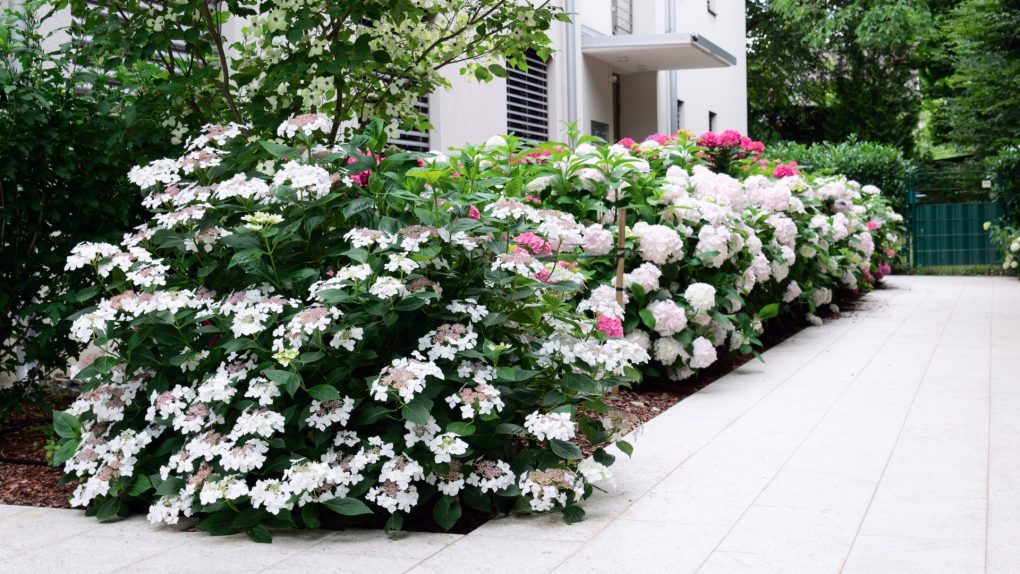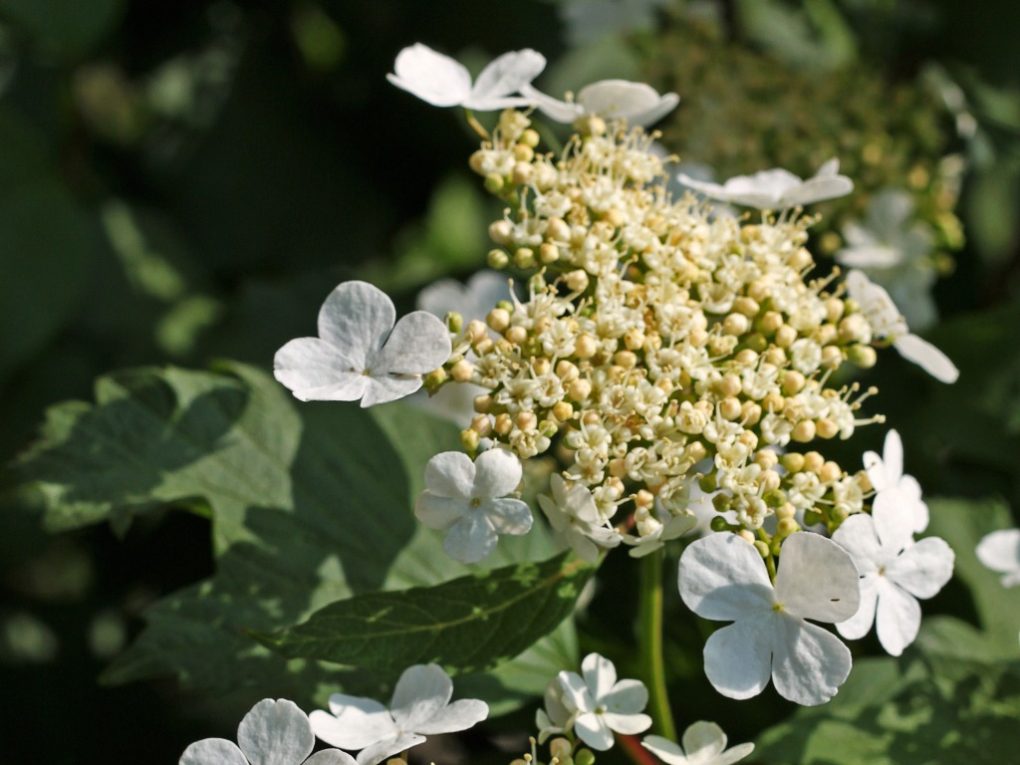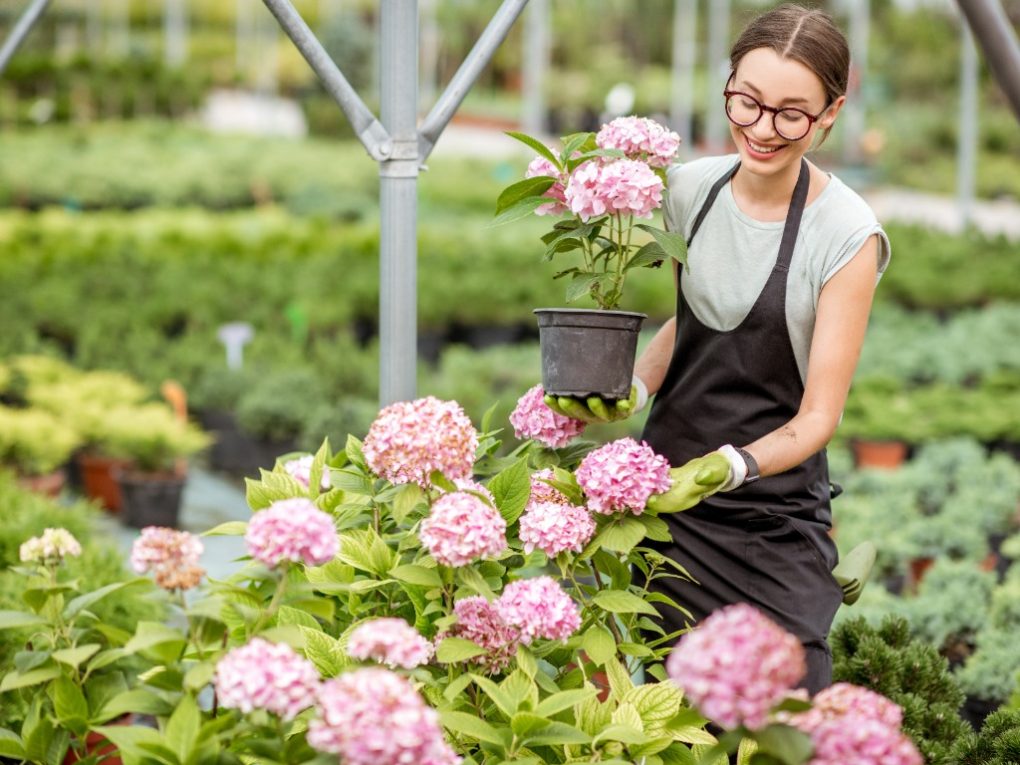Hydrangea: How Big Do They Get?
Hydrangea size depends on the specific species and cultivar. Generally, they can range from 3 to 15 feet tall with a similar spread.
The popular species, such as Hydrangea macrophylla (Big Leaf Hydrangea), can grow up to 6 feet tall and wide, while Hydrangea paniculata (Panicle Hydrangea) may reach up to 15 feet. Hydrangea size can be controlled through pruning, which should be done according to the variety’s blooming schedule.

Table of Contents
Hydrangea Growth Habit
Hydrangeas are deciduous shrubs that are known for their large, showy blooms. They can grow in various forms, including as shrubs or climbers. Understanding the growth habit of hydrangeas is important for proper care and maintenance.
Shrub Form

Most hydrangeas grow as shrubs, ranging in size from three to six feet tall and wide. Some varieties can grow up to 10 feet tall and wide. Hydrangeas have a rounded growth habit and produce large, lush foliage. The flowers are produced in large clusters or panicles up to 12 inches long. The blooms can be white, pink, blue, or purple, depending on the pH of the soil.
Hydrangeas grow best in well-drained soil that is rich in organic matter. They prefer partial shade, especially in hot climates. Regular watering is important, especially during dry spells. Before new growth begins, pruning should be done in late winter or early spring. Remove any dead or damaged wood and shape the plant as desired.
Climbing Form

Some hydrangeas, such as the climbing hydrangea (Hydrangea petiolaris), grow as vines. These plants can reach up to 50 feet and cover walls, fences, and trellises. Climbing hydrangeas produce large, fragrant blooms in early summer and have a slow-growing, twining growth habit.
Climbing hydrangeas prefer well-drained soil that is rich in organic matter. They prefer partial shade or full sun in cooler climates. Regular watering is important, especially during dry spells. Before new growth begins, pruning should be done in late winter or early spring. Remove any dead or damaged wood and shape the plant as desired.
Factors Affecting Hydrangea Size
Hydrangeas are known for their large, showy blooms and lush foliage. However, the size of hydrangeas can vary greatly depending on several factors. Understanding these factors can help you grow healthy, vibrant hydrangeas that reach their full potential.
Variety
One of the biggest factors affecting hydrangea size is the variety. Different types of hydrangeas can grow to vastly different sizes. For example, panicle hydrangeas can reach up to 25 feet, while bigleaf hydrangeas typically grow to 10 feet.
Choosing the right variety of hydrangea for your space and needs is important. Consider the mature size of the plant when selecting a location for planting.
Growing Conditions
The growing conditions of your hydrangeas can also impact their size. Hydrangeas thrive in well-draining soil that is rich in organic matter. They also require regular watering, especially during hot, dry weather.
Hydrangeas prefer partial shade to full sun, but too much shade can limit their growth and blooming potential. Additionally, extreme temperatures, such as heat waves or cold snaps, can stress the plants and impact their size.
Pruning

Pruning is an important aspect of hydrangea care that can impact their size and shape. Pruning can help control the size of the plant and promote healthy growth.
It’s important to understand the pruning requirements of your specific hydrangea variety, as different types of hydrangeas require different pruning techniques. For example, bigleaf hydrangeas should be pruned after blooming to avoid cutting off next year’s blooms, while panicle hydrangeas can be pruned in late winter or early spring.
Age
Finally, the age of your hydrangea can impact its size. For example, younger plants may take several years to reach their full size and blooming potential, while older plants may start to decline in size and vigor.
It’s important to provide proper care and maintenance throughout the life of your hydrangea to ensure it reaches its full potential and stays healthy for years to come.
Hydrangea Size by Variety
Hydrangeas are known for their large and showy blooms, but they also come in various sizes. The size of a hydrangea plant can depend on several factors, including the variety, growing conditions, and pruning practices. Here is a breakdown of some common hydrangea varieties and their typical size:
| Variety | Height | Spread |
| Bigleaf hydrangea | 10 feet | 10 feet |
| Climbing hydrangea | 50 feet | 6 feet |
| Oakleaf hydrangea | 8 feet | 8 feet |
| Smooth hydrangea | 5 feet | 5 feet |
| Panicle hydrangea | 15 feet | 15 feet |
It’s important to note that these are just averages, and individual plants may vary in size. Some hydrangea varieties can be pruned to control their size and shape. Consult a gardening expert or research your specific variety to determine the best pruning practices.
When planning a garden or landscape, it’s important to consider the size of the hydrangea plants you choose. Be sure to give them enough space to grow and spread, and consider how they will fit in with other plants and landscaping features.
How to Control Hydrangea Size
Hydrangeas are beautiful plants that can add color and texture to any garden, but they can also grow quite large and take over the space. Fortunately, several ways exist to control the size of your hydrangeas and keep them looking their best.
Pruning Techniques
Pruning is one of the most effective ways to control the size of your hydrangeas. It not only helps to keep them in check but also promotes healthy growth and blooming. Here are some pruning techniques to consider:
- Deadheading: Removing spent blooms can help redirect the plant’s energy towards new growth and prevent it from getting too large.
- Selective Pruning: Cutting back only the tallest or widest stems can help maintain the plant’s shape and size.
- Renewal Pruning: Cutting the entire plant to the ground can help rejuvenate it and promote new growth.
Container Gardening

If you don’t have a lot of space or want to keep your hydrangeas contained, consider planting them in containers. This not only limits their size but also makes them easier to move and care for. Here are some tips for container gardening with hydrangeas:
- Choose the right container: Make sure the container is large enough to accommodate the plant’s root system and has good drainage.
- Use the right soil: Hydrangeas prefer well-draining soil that is rich in organic matter.
- Water regularly: Container plants tend to dry out more quickly, so make sure to water your hydrangeas regularly.
- Fertilize appropriately: Use a slow-release fertilizer that is specifically formulated for hydrangeas.
By using these techniques, you can control the size of your hydrangeas and keep them looking beautiful year after year.
